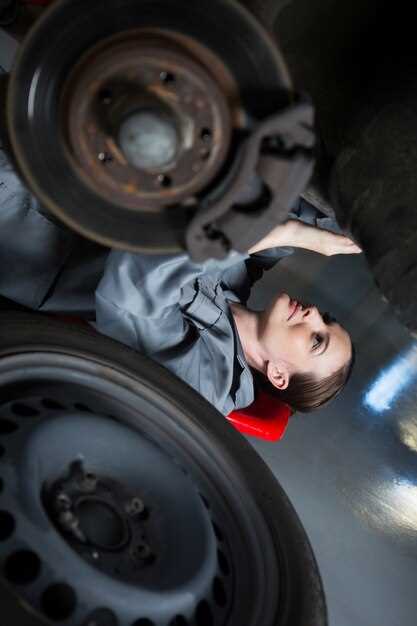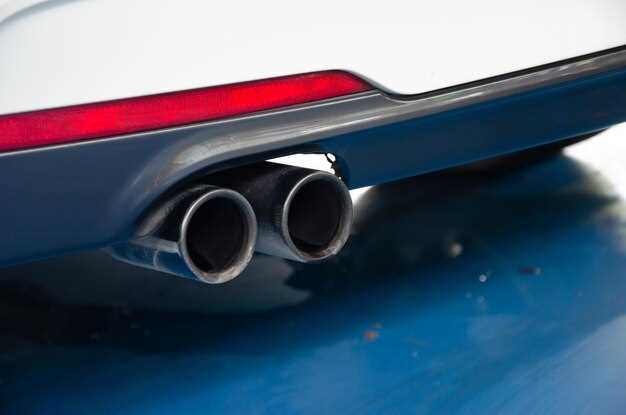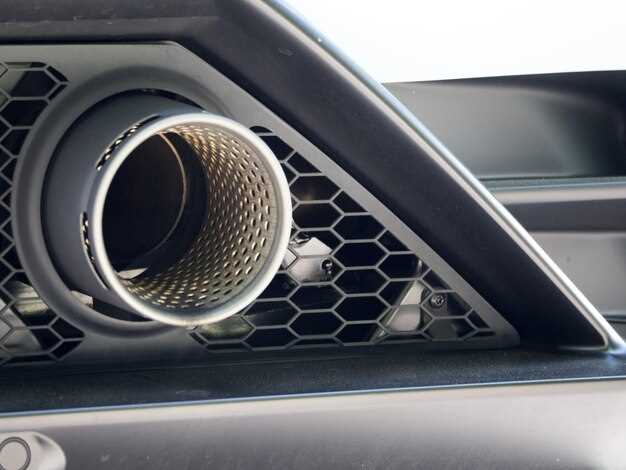
The performance dynamics of sports cars are influenced by various aerodynamic elements, among which the diffuser plays a crucial role. Designed to enhance downforce and manage airflow under the vehicle, the diffuser not only improves stability at high speeds but also contributes to overall handling characteristics. Understanding its impact can lead to better performance tuning and more efficient designs in modern automotive engineering.
In essence, a diffuser works by accelerating the airflow beneath the car, which in turn reduces pressure and generates downforce. This effect is essential for maintaining grip, particularly during cornering. As a result, the integration of a well-designed diffuser becomes a primary focus for engineers looking to optimize the performance dynamics of sports cars. This article will explore the mechanisms through which diffusers influence traction, stability, and tire wear, ultimately detailing their significance in the pursuit of speed and agility on the track.
Additionally, advancements in computational fluid dynamics (CFD) have allowed for more precise modeling and testing of diffuser designs, leading to innovations that can greatly enhance a vehicle’s aerodynamic efficiency. This exploration will delve into the latest trends in diffuser technology and how these developments are shaping the future of high-performance automotive design, ensuring that sports cars continue to push the boundaries of speed and control.
Understanding Airflow Patterns Created by Diffusers
Diffusers play a crucial role in shaping airflow patterns around sports cars, significantly impacting their performance dynamics. These aerodynamic devices are strategically positioned at the rear or underbody of the vehicle to manage how air interacts with the car’s surface. The primary goal of a diffuser is to enhance downforce while minimizing drag, thereby optimizing grip and stability at high speeds.
As air flows over a sports car, it experiences various changes in speed and pressure. The diffuser accelerates the airflow underneath the vehicle as it exits the rear. This acceleration reduces air pressure in that region, creating a differential that helps pull the car toward the ground, increasing downforce. Understanding this mechanism allows designers to create diffusers tailored to specific vehicle profiles and desired performance characteristics.
The shape and angle of the diffuser influence the airflow in critical ways. A well-designed diffuser maintains attached airflow, reducing turbulence and drag. Conversely, poorly designed diffusers can lead to flow separation, causing drag to increase and downforce to decrease. The effectiveness of a diffuser is often evaluated through Computational Fluid Dynamics (CFD) simulations, allowing engineers to visualize airflow patterns and make data-driven adjustments.
Furthermore, the interaction between the diffuser and other aerodynamic components, such as spoilers and canards, plays a vital role in the overall aerodynamic efficiency of a sports car. A cohesive design ensures that the airflow is managed holistically, maximizing the performance benefits of each element in the car’s aerodynamics package.
In summary, understanding the airflow patterns created by diffusers is essential for enhancing the performance dynamics of sports cars. By effectively harnessing airflow, diffusers contribute to the vehicle’s stability, grip, and ultimately, its speed on the track.
How Diffuser Design Influences Traction and Stability

The design of a diffuser plays a critical role in the overall performance dynamics of a sports car, particularly in relation to traction and stability. A well-engineered diffuser redirects airflow beneath the vehicle, creating a significant reduction in pressure beneath the car. This negative pressure zone generates downforce, which enhances tire grip on the road surface, thereby improving traction during acceleration and cornering.
When a diffuser is optimized, it can effectively manage the airflow patterns around the vehicle, promoting efficient air exit from the underbody. This streamlined airflow minimizes turbulence, allowing the car to maintain a consistent contact patch between the tires and the surface. Stability is thus improved, especially at high speeds, as the aerodynamic forces work to counteract lifting effects that could destabilize the vehicle.
Moreover, the angle and curvature of the diffuser can be tailored to the specific requirements of the car. A steeper angle typically amplifies the downforce effect but may also increase drag if not balanced correctly. Conversely, a shallower angle can reduce drag but may lead to insufficient downforce at critical times. Therefore, the design must consider both aerodynamic efficiency and the performance needs during various driving conditions.
Furthermore, the material and construction of the diffuser affect its ability to withstand high airflow velocities and thermal stress. Use of lightweight yet durable materials can enhance performance without unnecessarily compromising stability. The interaction of the diffuser with other aerodynamic components, such as front splitters and rear wings, also plays a crucial role, as these elements work in unison to optimize the overall balance of the vehicle.
In conclusion, the careful design of a diffuser is instrumental in enhancing traction and stability in sports cars. By influencing airflow dynamics, a well-designed diffuser not only improves grip but also contributes to a more predictable handling experience, allowing drivers to push their vehicles to the limits with confidence.
The Role of Diffusers in Enhancing Aerodynamic Efficiency

The design of a diffuser plays a crucial role in improving the aerodynamic efficiency of sports cars. By managing the airflow beneath the vehicle, diffusers contribute to a reduction in drag and an increase in downforce, which are essential for high-performance driving dynamics.
A diffuser works by accelerating the air as it exits from underneath the car, creating a low-pressure area that enhances ground effect. This effect allows the vehicle to maintain higher speeds while minimizing lift, which is especially important during cornering and high-speed maneuvers. The shape and angle of the diffuser significantly influence how effectively it interacts with the airflow, thus directly impacting the car’s stability and handling capabilities.
Moreover, a well-designed diffuser can improve the overall aerodynamic efficiency by enabling better airflow management. When air exits the diffuser, it can seamlessly blend with the surrounding atmosphere, reducing turbulence and preventing drag-inducing vortices. This streamlined flow enhances the car’s aerodynamic profile, allowing for greater performance without the need for excessive power output.
In competitive racing environments, the optimization of the diffuser‘s design becomes even more critical. Engineers and designers utilize advanced computational fluid dynamics (CFD) simulations to analyze the airflow and refine the diffuser design, seeking that perfect balance between downforce and drag reduction.
Ultimately, the integration of a highly efficient diffuser in sports car design is a fundamental aspect that enhances not only performance but also safety, as improved downforce contributes to better grip on the road. As automotive technology continues to evolve, the importance of diffusers in the pursuit of aerodynamic efficiency remains a key focus for manufacturers aiming to achieve excellence in automotive performance.



